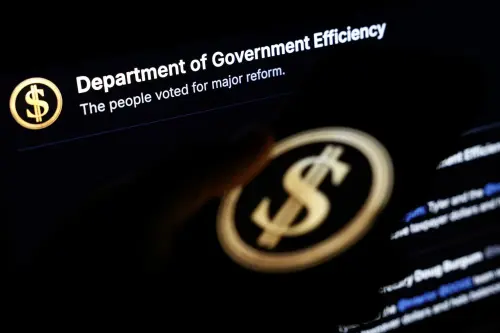The United States of America has a National Security problem, in which the Department of Defense (DOD) has a unique interest—energy security. Energy is the life-blood of the US economy and dependence on imported energy is a looming national crisis.
Cheap and abundant energy has been the historical norm for American consumers and war fighters, and to most Americans energy is taken for granted. Electricity is as much a part of daily life as breathing air and drinking water. Electricity powers our lights, alarm clocks, coffee pots, toasters, heating, ventilation and air conditioning, MP3 players, computers, televisions, traffic lights, subway systems, air traffic control networks, industry, and almost every other facet of daily life in the 21st century, and it’s been that way for almost 100 years. The US National Academy of Engineering ranks “Electrification” as the #1 Engineering Achievement of the 20th Century.
Much of American society is centered on individual mobility, extensive road networks, and large parking lots. The United States has more cars than registered drivers, and with a few notable exceptions, fuel has remained affordable and plentiful. Fuel costs moved from the subconscious to the conscious after recent increases in the price of oil caused gasoline prices to rise to $3 per gallon, but for the most part, increased fuel prices have done nothing to reduce consumption.
The United States imports 26% of its total energy supply and 56% of the oil it consumes. The Department of Defense is the single largest consumer of energy in the United States. The United States has built the mightiest military in world history, but has done so with little regard to the huge burden that comes with an insatiable appetite for energy.
DOD energy issues cannot be viewed in isolation. They are a subset of the larger national problem. Reducing dependence on imported energy is a critical national issue that must be addressed without delay.
The Brookings Institution is committed to quality, independence, and impact.
We are supported by a diverse array of funders. In line with our values and policies, each Brookings publication represents the sole views of its author(s).


